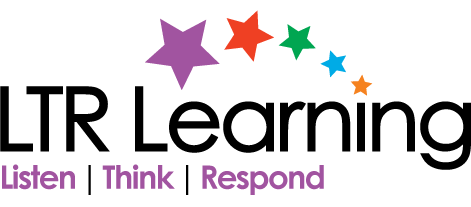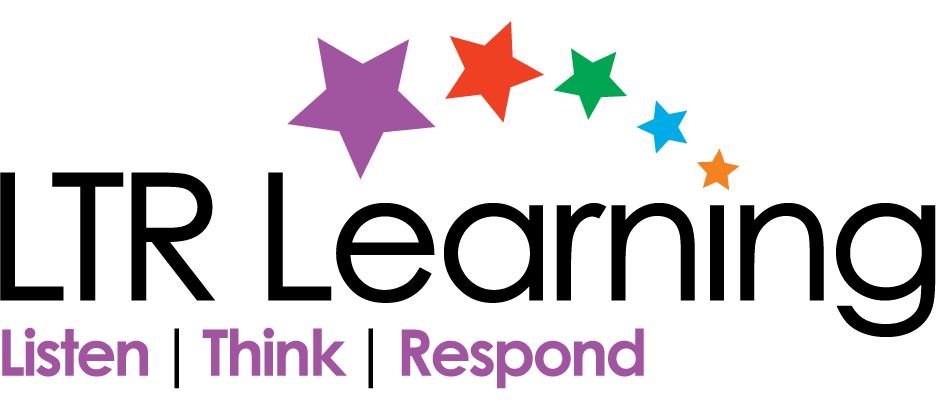The Australian Curriculum defines the general capabilities as ‘a set of knowledge, skills, behaviours and dispositions that can be developed and applied across the curriculum to help students become successful learners, confident and creative individuals ad informed citizens’. The Personal and Social Capabilities are …
- self-awareness
- self-management
- social management
- social awareness
In the LTR Learning classroom, all students are responsible for their own learning. They report to others, they work in pairs and small groups, they give peer feedback on work efforts and are risk-takers. Therefore, they become confident, enthusiastic, empathetic and independent learners. Celebration of improvement, no matter how small, is embedded in the classroom culture. It is encouraging for all in the classroom when the top student is excited as a struggling student succeeds in a task which has proved difficult. Working together in learning tasks encourages deep interest in each other’s progress.
For more information about the products provided by LTR Learning (Listen, Think, Respond), click on the links.

